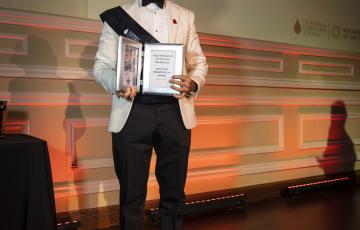Search Results
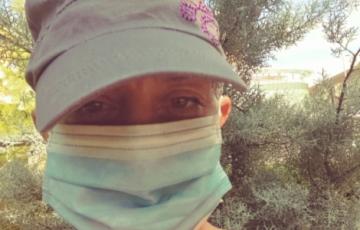
Lilian
My name is Lillian and I'm 43 years old I have a Alp leukemia. I went into the hospital on July23rd and didn't come out of it until August 2nd then I realize I was being transported and all I could remember was a yellow heart hanging and I was just out of it the whole time.
I'm still trying to grasp on the back that I have leukemia and then I'm going through all this chemo I'm trying to find help for my bone marrow transplant because I have no coverage. I've been very fortunate and lucky because many other states and countries they wouldn't have this when I was a teenager.

Danielle
In February 2015, my daughter Danielle was diagnosed with leukemia. She was 25 years old, and a professional dancer out on tour in Detroit when I got the call no mom ever wants to hear. She said, "Mom are you sitting down? The doctor says I have leukemia". Just typing this makes my heart sink.
She has been such a trooper three long years of treatments but i am here to say she is doing well. She met an angel while going through treatment and is getting married in May 2018! It has been the hardest three years of both of our lives but we now can look ahead.

Nandini
Everything was picture perfect in my life. A beautiful family with two beautiful daughters and husband. And then, in March 2009, I was diagnosed with acute myeloid leukemia (AML).
I had been recovering from aplastic anemia since 2002. However, AA progressed into AML. A transplant was the best cure available and a kind unrelated donor was found who gave a new lease to my life. After a painful bone marrow transplant recovery, I am now in remission. My older daughter just went to college and my younger daughter is in fourth grade.
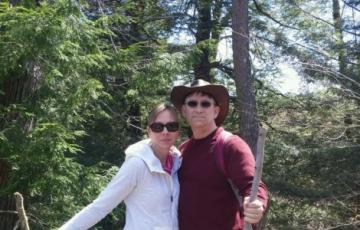
Keith
When the doctor calls you and says, "I need to speak to you as soon as possible," you know the news can't be good. I was diagnosed with a rare and aggressive form of leukemia, bastic plasmacytoid dendritic cell neoplasm (BPDCN). Most doctors have never even heard of it.
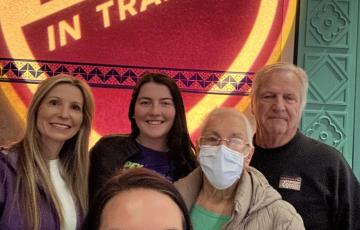
Alexis
My grandma has been close to me for as long as I can remember. Holidays, birthdays, and summers — I always remember being with her and my grandpa. We took trips on cruises, visited Hawaii, and I had amazing chances to get closer to them. When my grandma was diagnosed with leukemia, my family and I knew we wanted to do something bigger. We joined The Leukemia & Lymphoma Society’s (LLS) Team In Training (TNT) to run the Walt Disney Marathon Weekend Dopey Challenge, and it was an amazing experience.
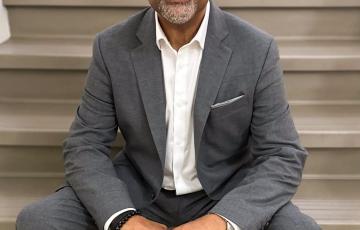
Arturo Pierre
I’m 61 years old. I was diagnosed with chronic lymphocytic leukemia (CLL) the first time at 51, unaware of any symptoms. I was told that my diagnosis at my age was unusual. After chemotherapy and remission, the disease returned during COVID while I was being treated orally. The second experience was much worse. I’m in clinical remission for the second time in 10 years. Besides CLL, I wrestle with numerous orthopedic issues. I live an active lifestyle and maintain a healthy diet, exercise regularly, and work full time.
Caregiving During Treatment
Preparing the HomeDuring and after cancer treatment, your loved one may find life at home becomes increasingly challenging. If your loved one is experiencing mobility issues, peripheral neuropathy, pain or weakness after treatment, the following changes to the home may make life easier and safer for your loved one:

Jennifer
On New Year's Day 2012, I was diagnosed with acute myeloid leukemia (AML). I watched the ball drop in the ICU with a nurse assigned to me. They heard my mom being asked if I needed to be resuscitated, so they proceeded with that and then to hear her respond to do everything you can for her. The seriousness of that is very overwhelming.
Steven
I'm the wife, Hannah. My husband is the fighter. I call him Mr. Steven, babe, and sometimes even Esteban. We fight together, of course, but he's the one throwing the punches and kicking cancer's butt.
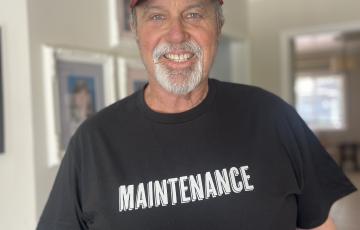
Russ
Shockingly I was diagnosed with acute myeloid leukemia (AML) on February 28, 2024! My wife Nancy and I were devastated and had zero background or experience with leukemia. We were sent to UCLA for treatment. What a godsend!
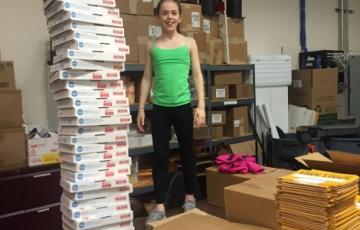
Cassie
Cassie Fetsch is a regular volunteer for The Leukemia & Lymphoma Society’s (LLS) Minnesota chapter. When school is out, staff members can count on Cassie to be in the office folding letters, stuffing and labeling envelopes, counting Team In Training brochures, cleaning out drawers or putting together pizza boxes. Since Domino's sponsors LLS's Pennies for Patients program, they donate all the boxes to ship campaign supplies. This year, Cassie assembled boxes for more than 800 schools!
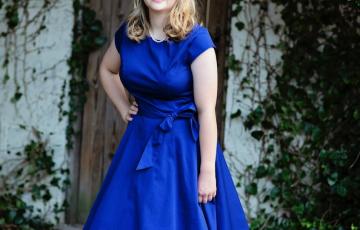
Lorelai
I was diagnosed with acute myeloid leukemia (AML) when I was 11. Throughout my entire cancer journey, I had a lot of people in my corner. But what I found most helpful was following The Leukemia & Lymphoma Society’s (LLS) social media platforms and reading the articles on their website. Through LLS, I felt like someone actually understood what I was going through. Recently, I have been one of the very lucky students chosen to receive the LLS Scholarship for Blood Cancer Survivors which will be the reason I am able to continue attending college.
Nikolette
I was truly honored to be a recipient of The Leukemia & Lymphoma Society (LLS) Scholarship for Blood Cancer Survivors. After fighting two different types of cancer, both forms of lymphoma and leukemia, I was unsure what my collegiate education would look like. I had to medically withdraw from my freshman year of college at Penn State University in the fall of 2018 when I received my second diagnosis. My family and I were completely devastated, but I was able to successfully undergo a bone marrow transplant and have been showing no evidence of disease (NED) for 3½ years now!
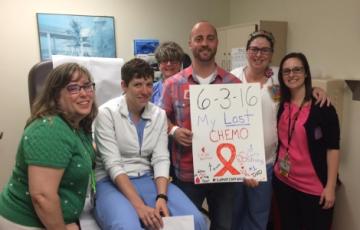
Cary
Cary was diagnosed with Acute Lymphoblastic Leukemia in the fall of 2012. After spending more than 100 days in the hospital, undergoing intense chemo treatments, and blood transfusions Cary is now in remission. You can only imagine the struggle and heartache a cancer diagnoses was at only 33 years of age with a wife, 3 small boys, and a career.
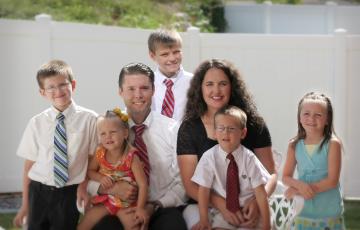
David
My dad, David, was diagnosed with acute lymphoblastic leukemia (ALL) on March 1, 1993, after looking at his blood under a microscope in college class. He started three years of intense chemotherapy on March 8, 1993, and finished it on January 26, 1996, while a third-year medical student. He was told that there was a 50% survival at five years and 30% survival at 10 years and that he would likely not be able to have children. During that time, he got married. Two years after finishing chemo, my oldest brother was born. I have three older brothers and an older sister.
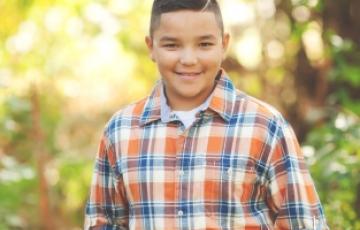
Christopher
Christopher was diagnosed with acute lymphoblastic leukemia (ALL) on July 9, 2012 when he was 10 years old. After feeling tired and experiencing bone pain and headaches for three weeks, he went to the doctor. A requested blood test revealed leukemia cells.
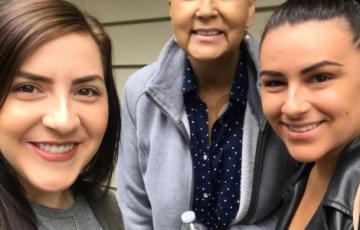
Jennifer
My mother, Jennifer, was diagnosed with breast cancer completely unexpectedly in 2015 and beat it a year later. Soon after, she was diagnosed with acute myeloid leukemia (AML). We were in complete shock. She is single and lives on our Indian Reservation in Eastern Oregon with no cancer hospitals, so my sister and I completely dropped our careers and lives in other states to take care of her as we were scared and knew she needed support.
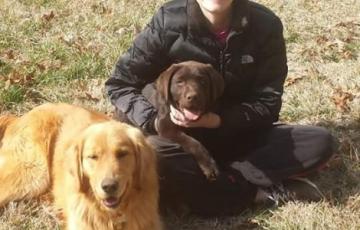
Krystina
On June 13, 2014, my sweet daughter Krystina Sharpe Perry was diagnosed with PH positive acute lymphoblastic leukemia. Unfortunately, all her chemotherapy treatments didn't seem to work.
After a year of chemotherapy, Krystina and her doctor decided to do a stem cell (umbilical cord blood) transplant. She had the procedure on July 1, 2015 but her body couldn't fight the infections. With a low immune system and three trips to the intensive care unit, her kidneys, lungs and heart just couldn't continue to function.
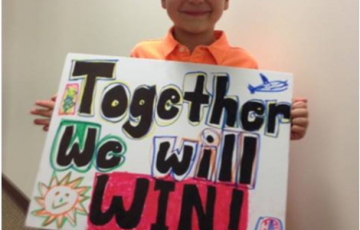
Joe
My son Joe was 5 years old when he was diagnosed with T-cell leukemia just three days after the birth of his brother Cole – Joe was admitted to the ICU, and on Sunday, the next day, they did a spinal tap and a bone marrow biopsy. At midnight that night, he started his chemotherapy treatments.
In the first 30 days, his bone marrow had cleared to zero, and he was technically designated as a “low risk rapid responder.” All things being equal, he has done a phenomenal job through this.
He is in long-term maintenance and he finished his treatment on December 13, 2014.
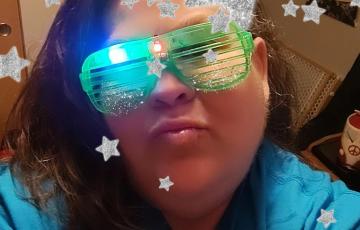
Michelle
I'm Michelle, and I'm a childhood cancer survivor. I'm going to be 43 in a few days. I was 2½ when I had acute lymphoblastic leukemia (ALL) through age 5, going through it all. I received experimental chemos and radiations. I was two out of 45 children who lived. The rest died. I have relapsed over six or more times ― two leukemias, and the rest were all different cancers. I recently got tested genetically at O.H.S.U., and I have what they call a mutated gene.
Jaziel
Hello, my name is Jaziel, and I am a three-time leukemia survivor. My story began in 2008 when I was initially diagnosed with acute lymphoblastic leukemia (ALL). I was treated for a few years and became cancer-free (remission) in 2011. During my first battle with cancer, The Leukemia & Lymphoma Society (LLS) helped me and my family immensely by assisting us with rent, gas, and sometimes simply sharing the stories of other survivors, encouraging me to keep fighting.
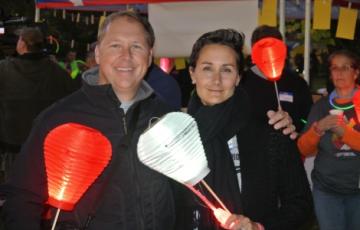
Deanna
Within 24 hours of going to the local emergency room in New York, I found myself being admitted to the Dana Farber/Brigham Women's Cancer Center in Boston. It was August of 2013 and I was exhausted beyond anything my four kids could inflict upon me and shocked to find out it wasn't anemia, I had acute lymphoblastic leukemia (ALL).
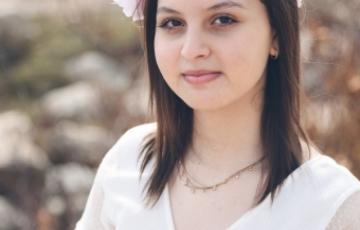
Ethar
Refugee Family Gives Back to LLS after Daughter Survives Leukemia
Sixteen-year-old Ethar and her family moved to the United States from Iraq in 2015. Just one year later, she was diagnosed with T-cell acute lymphoblastic leukemia.
“It all started when my lymph nodes began to swell and the pain became very intense,” said Ethar. “It was at this point, that I went to the emergency room with my father so we could try to make sense of what was happening to me.”
